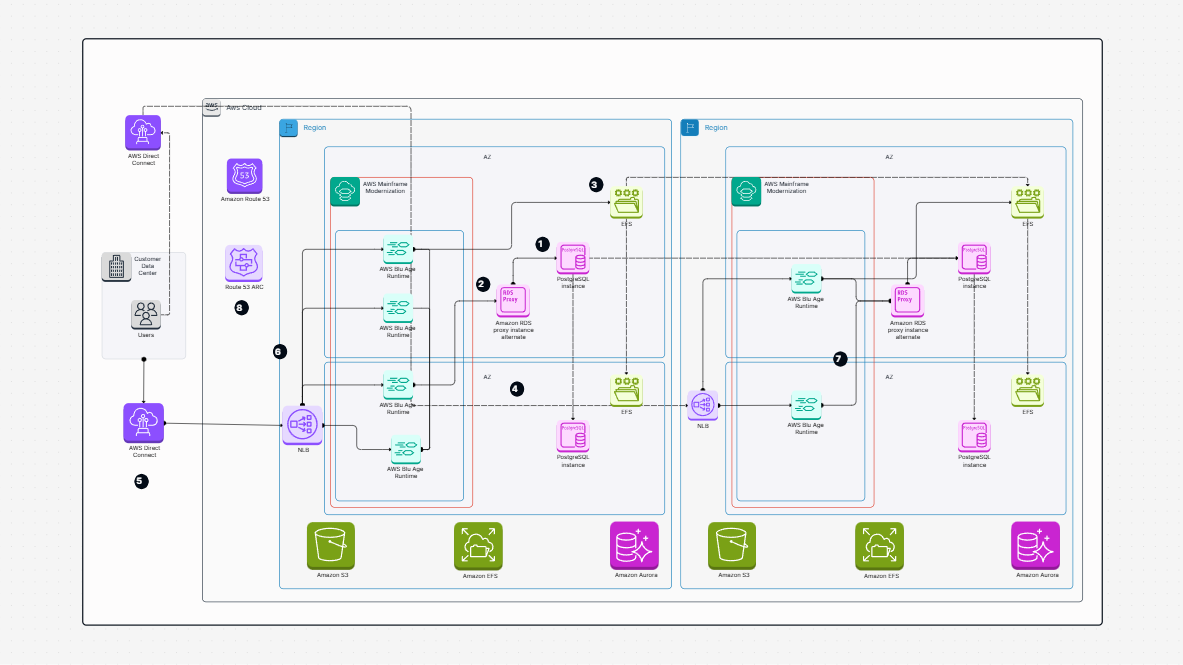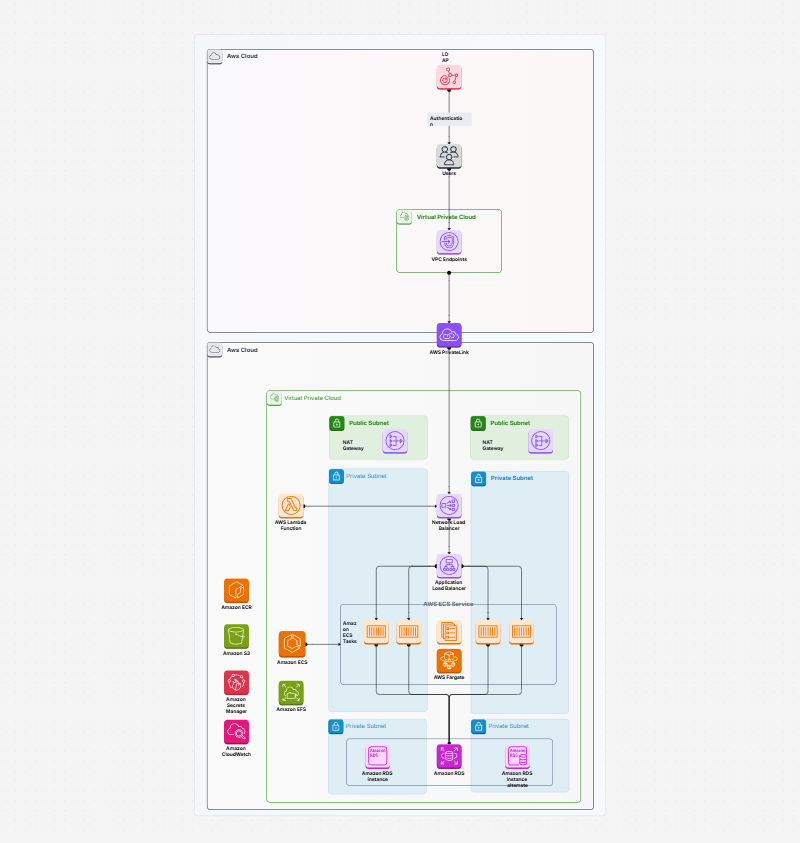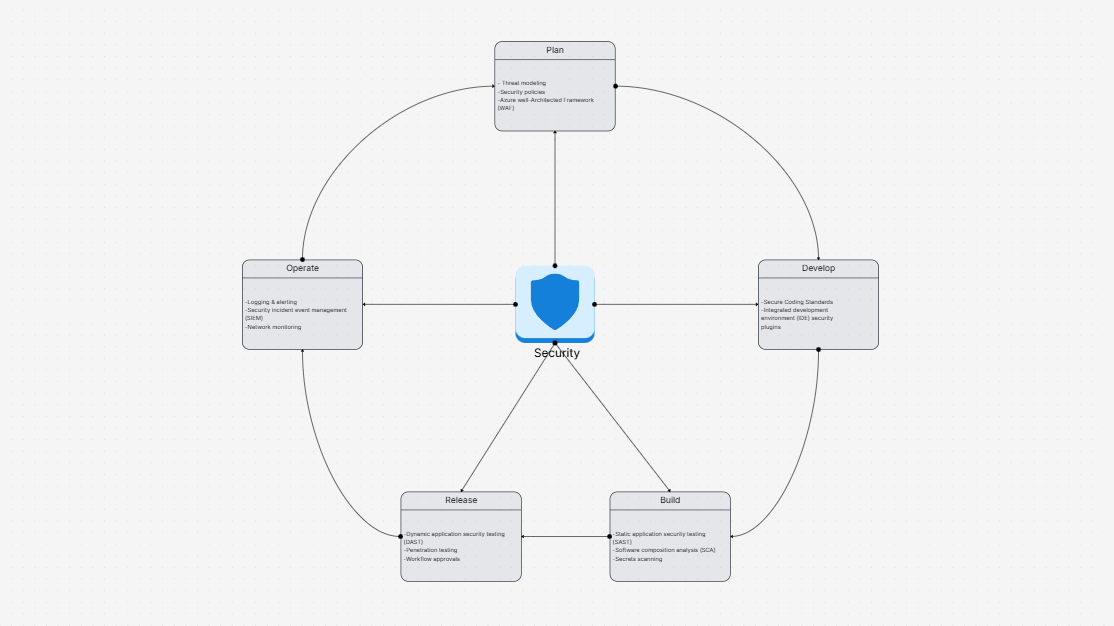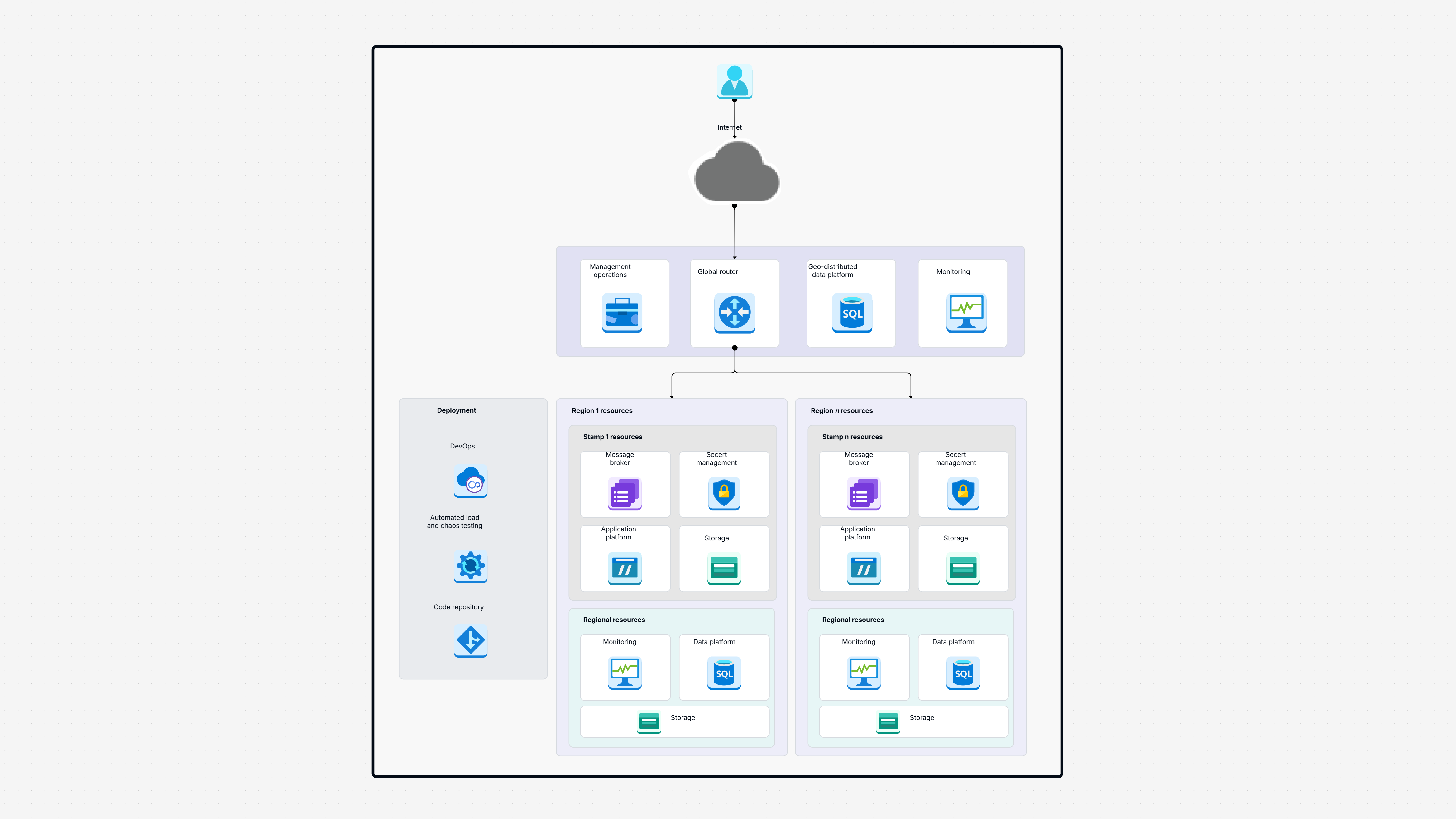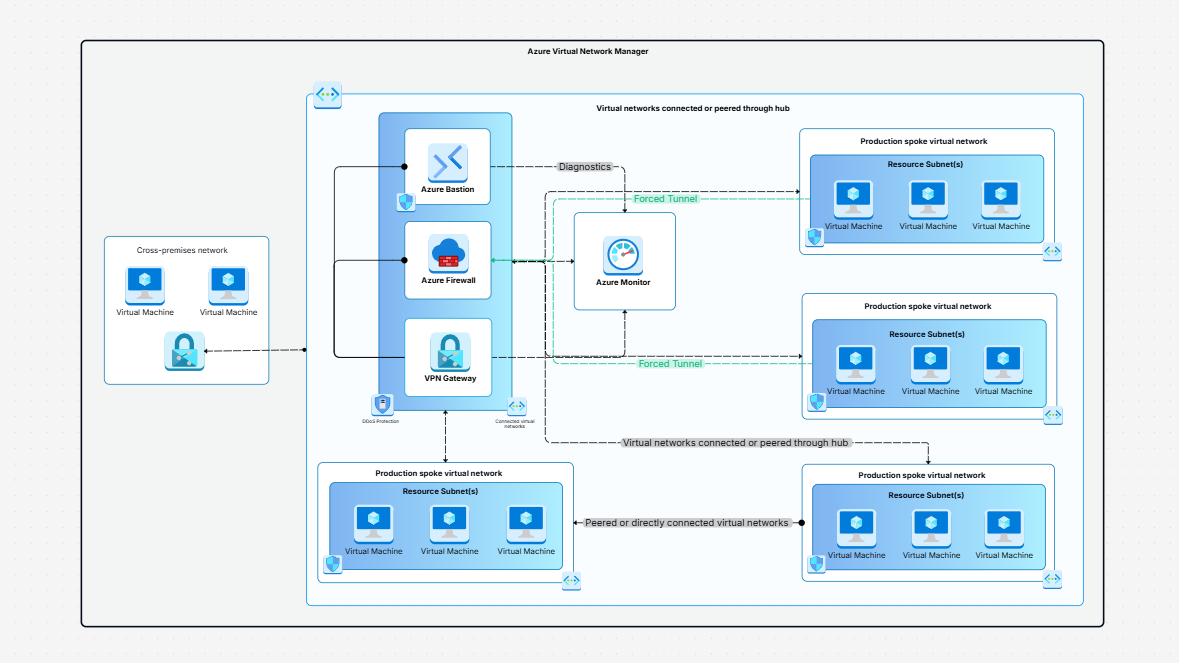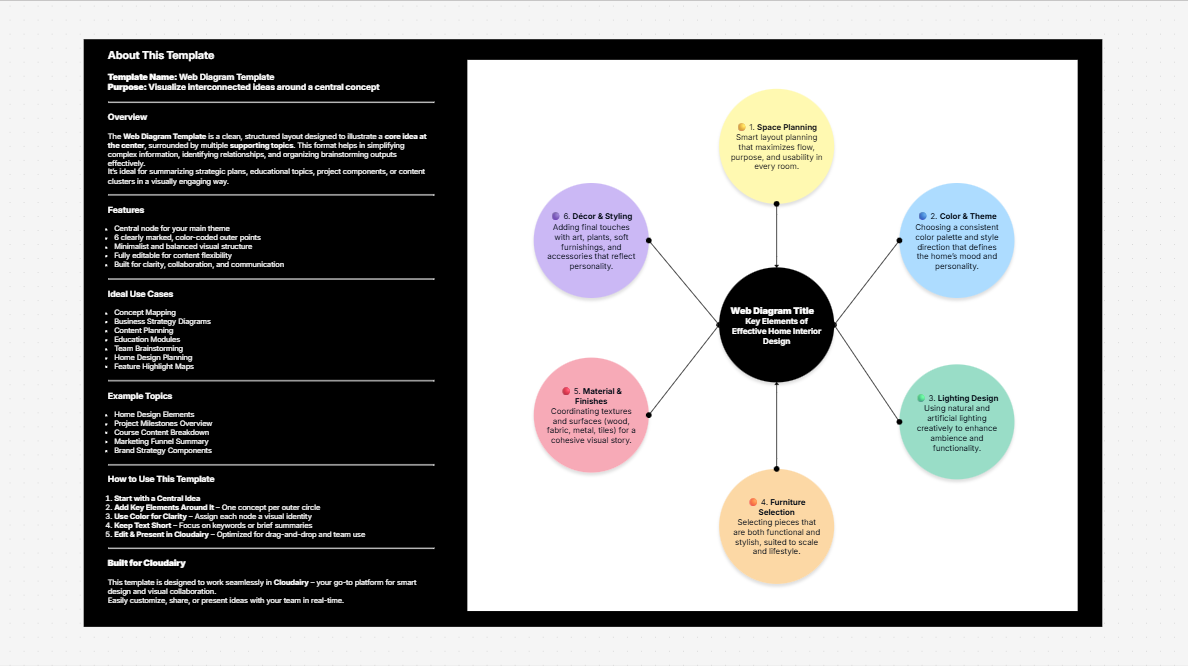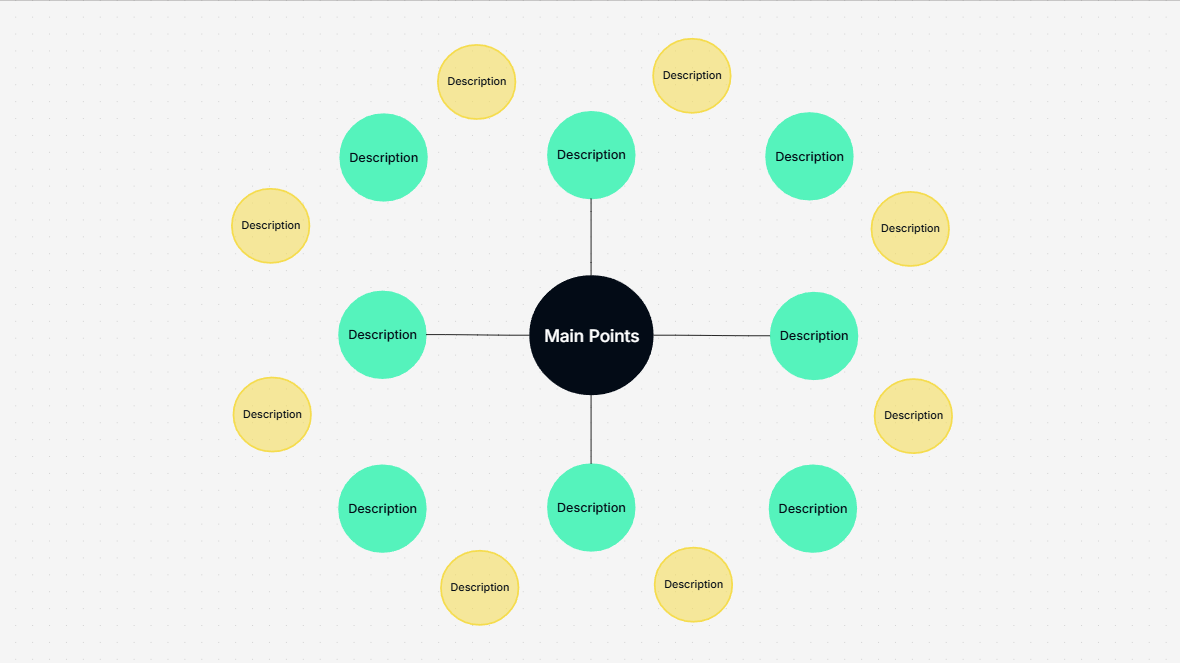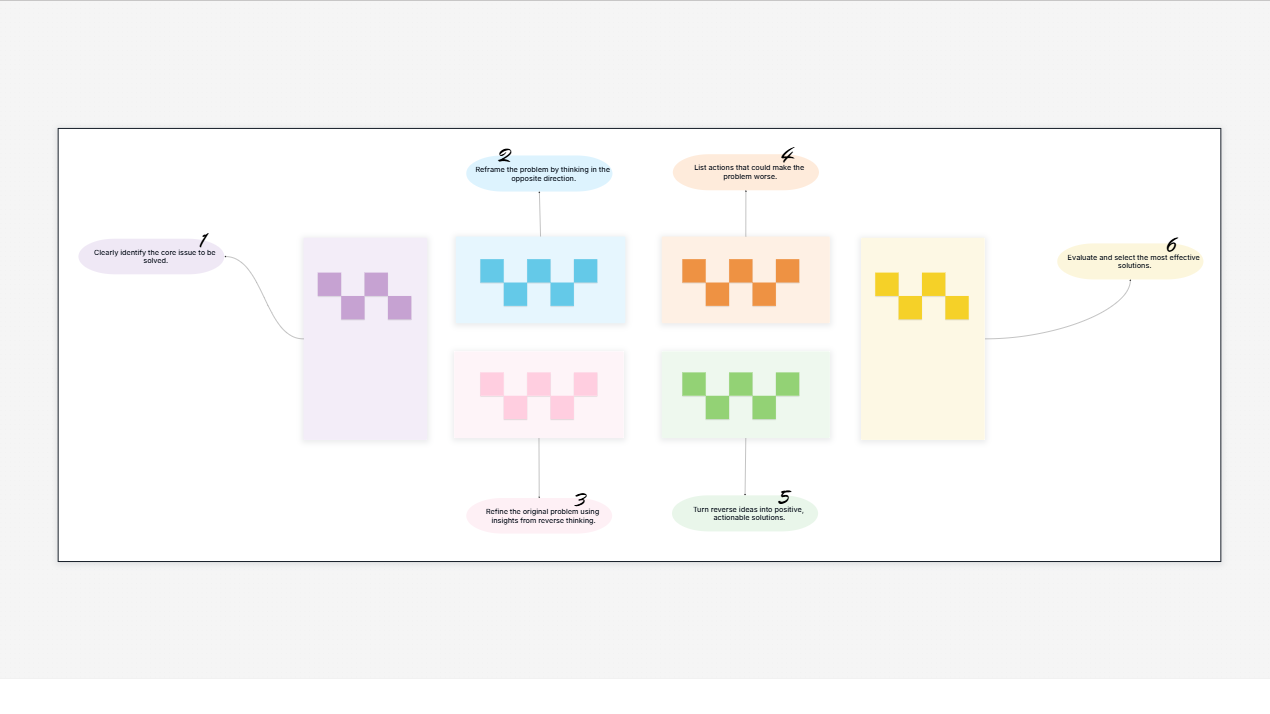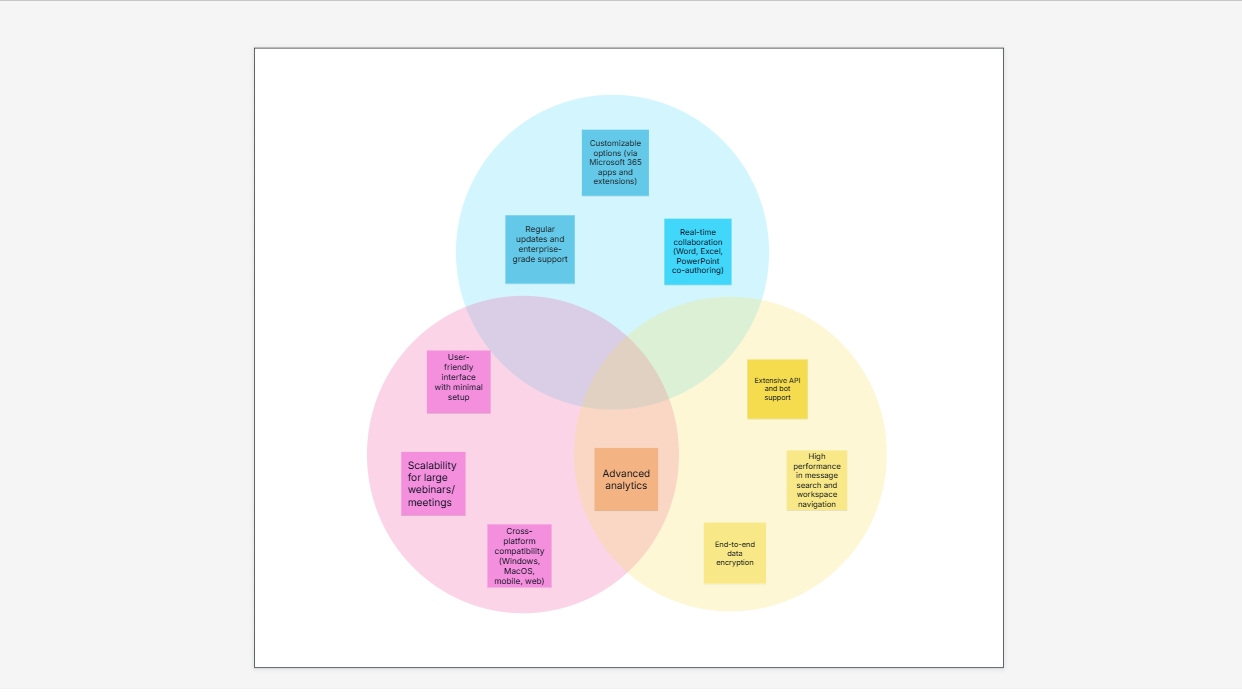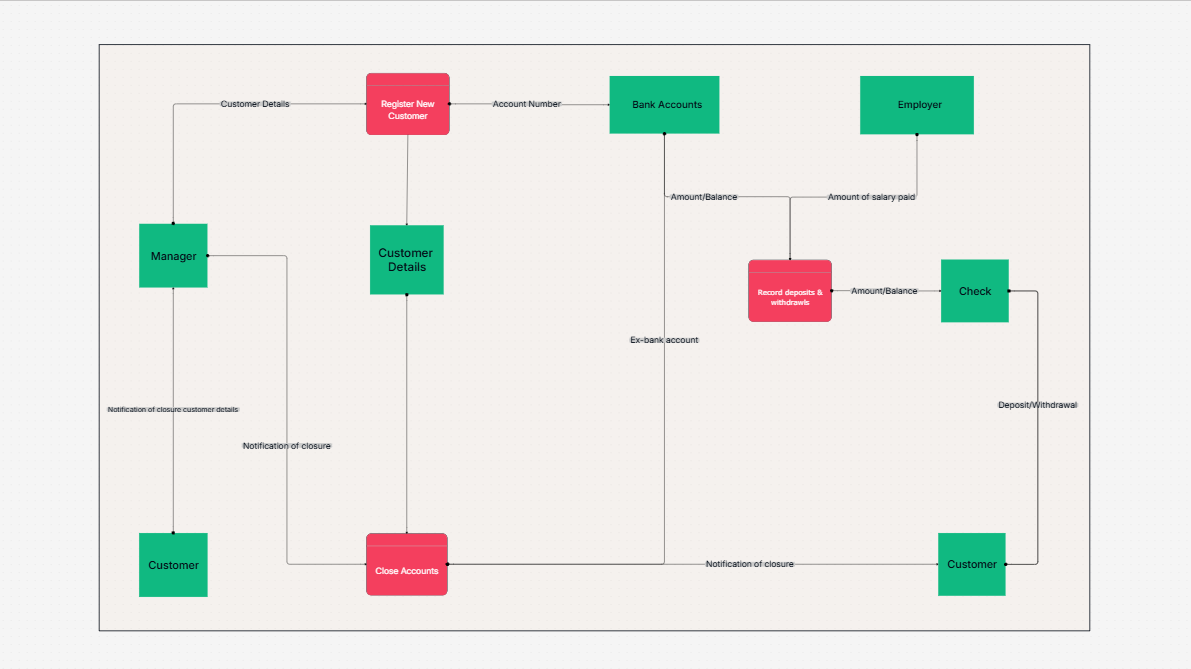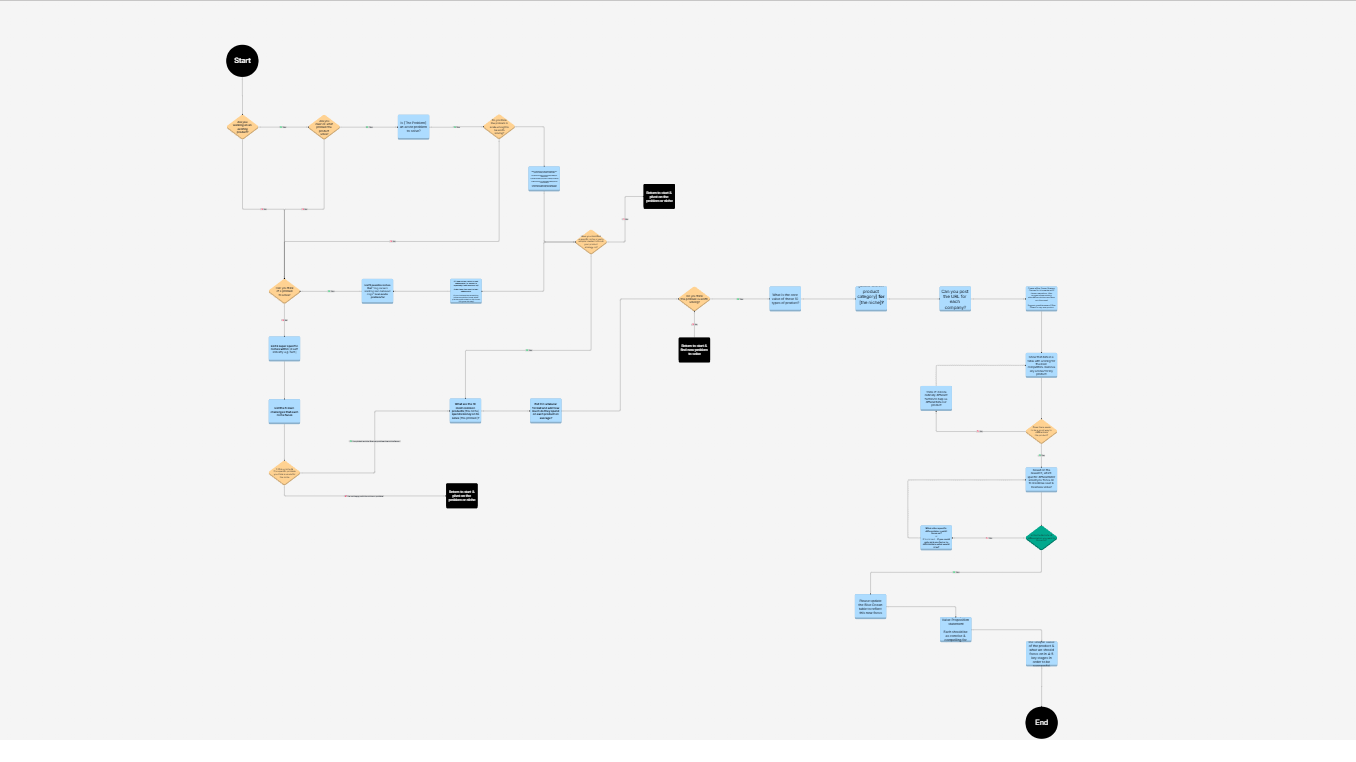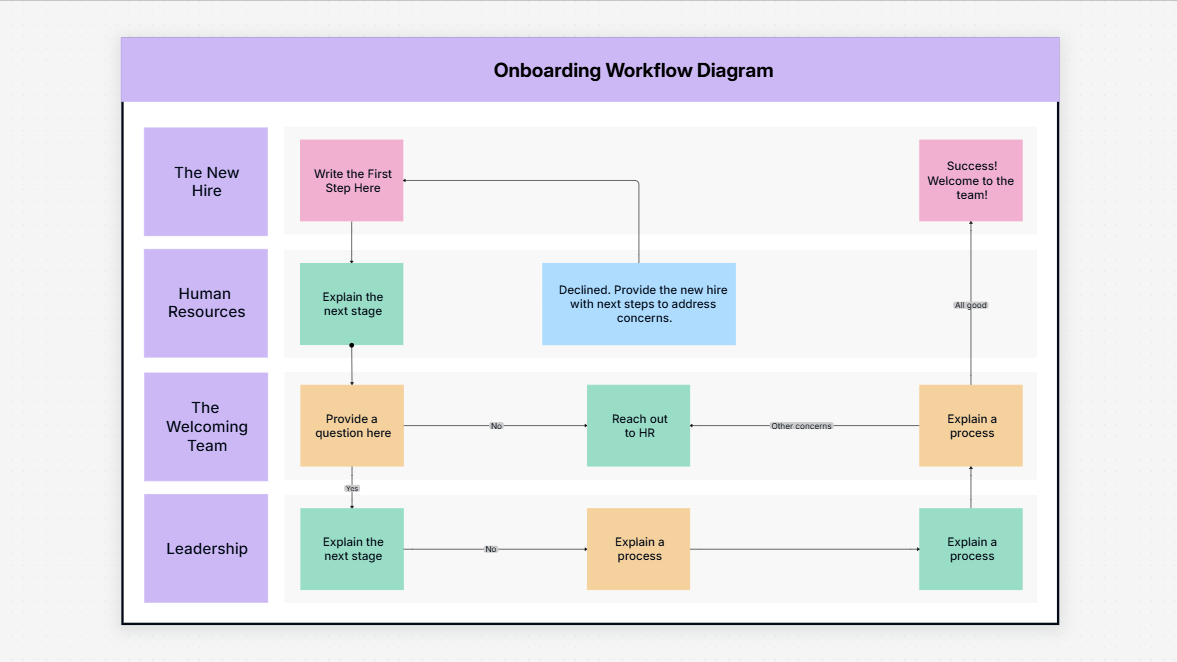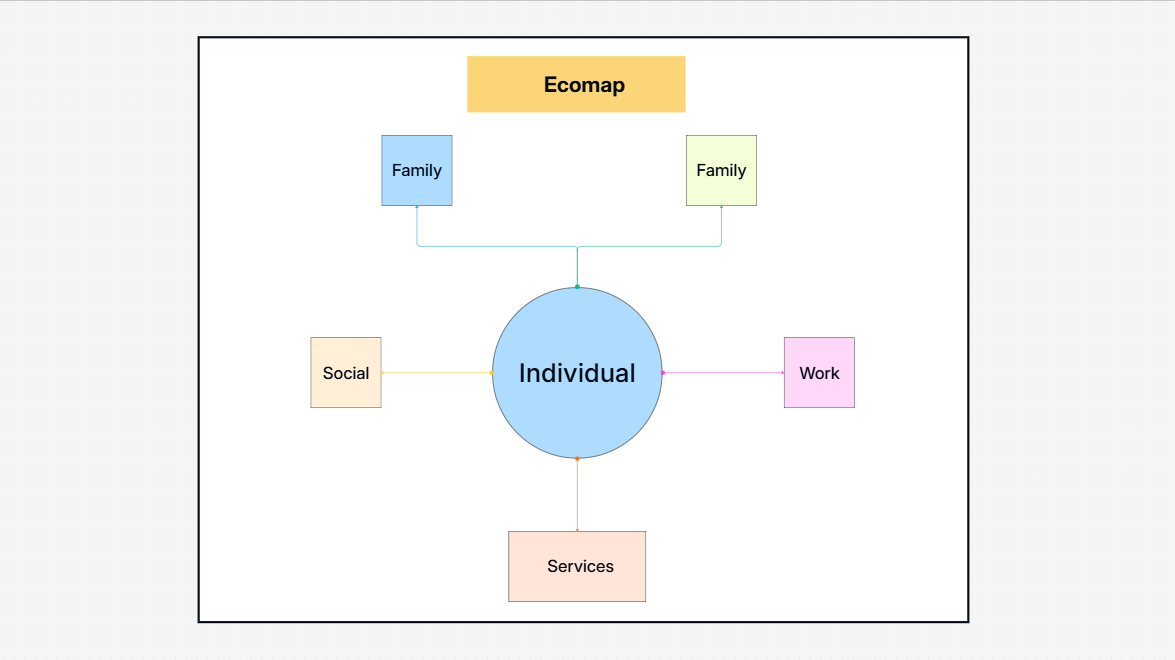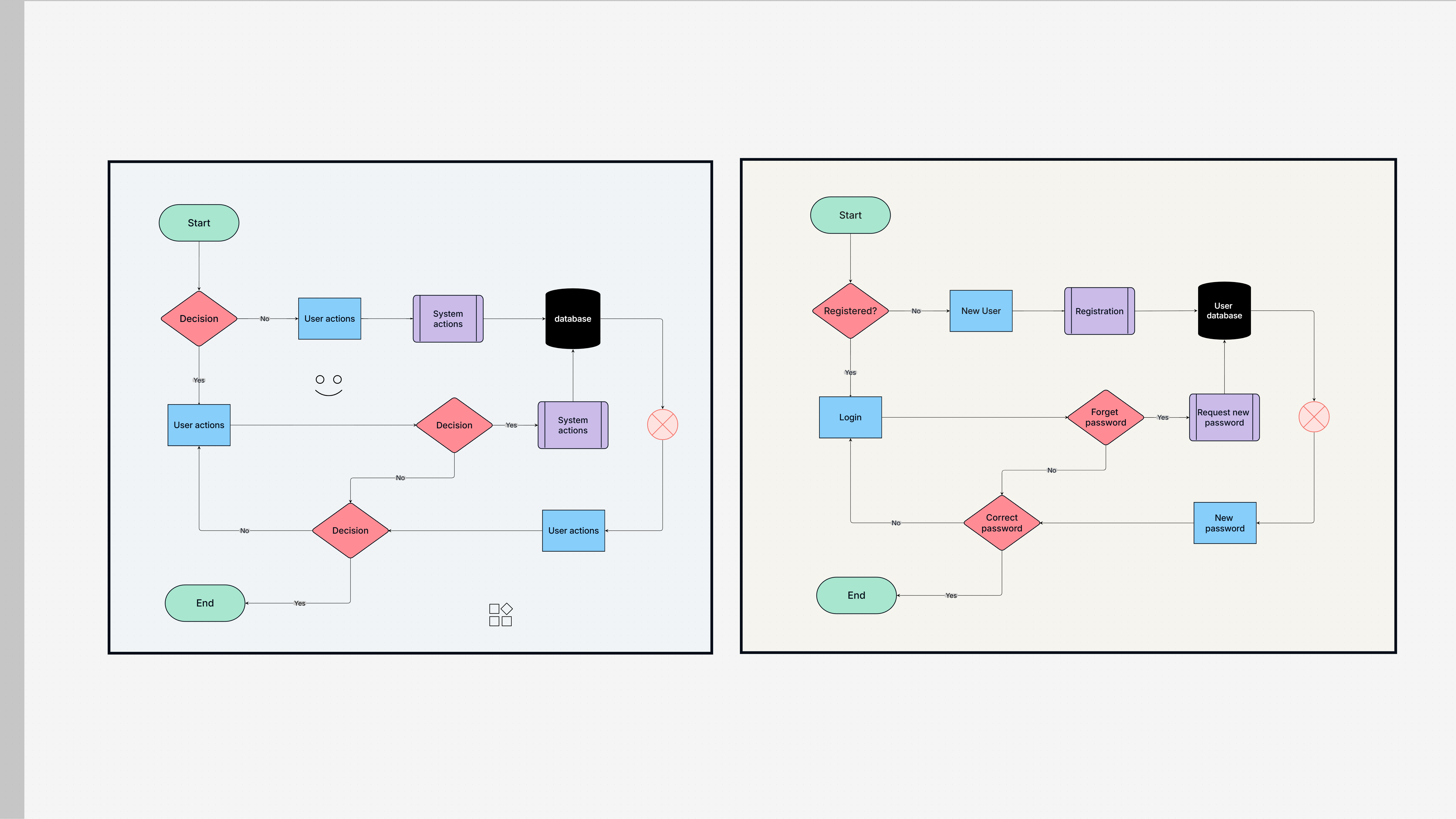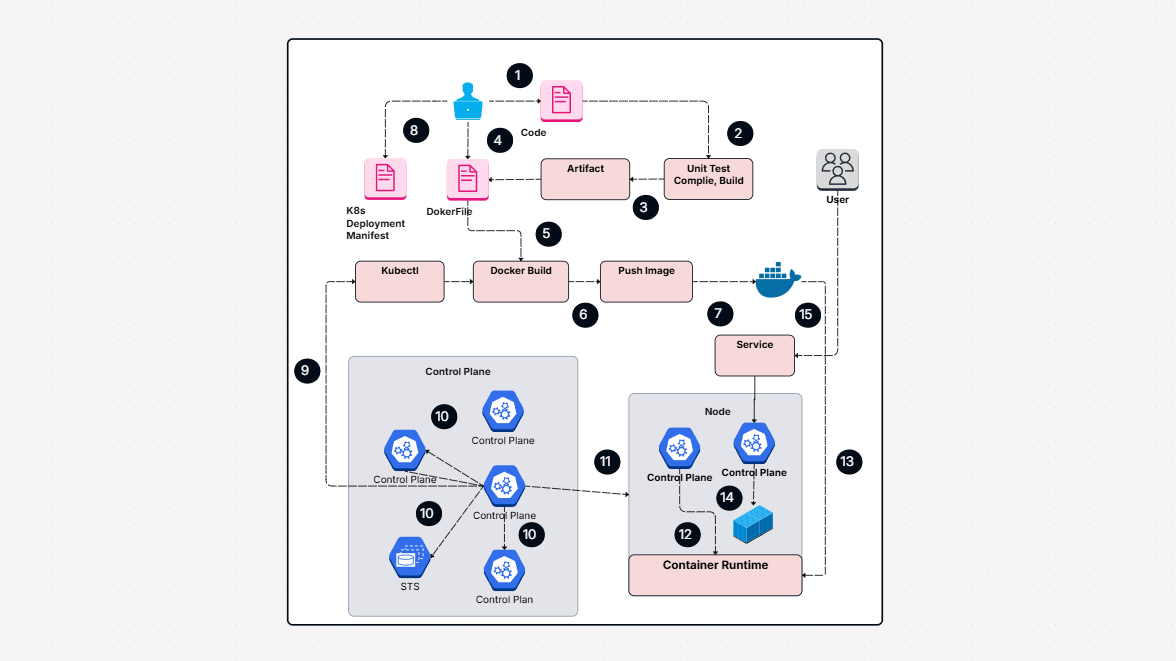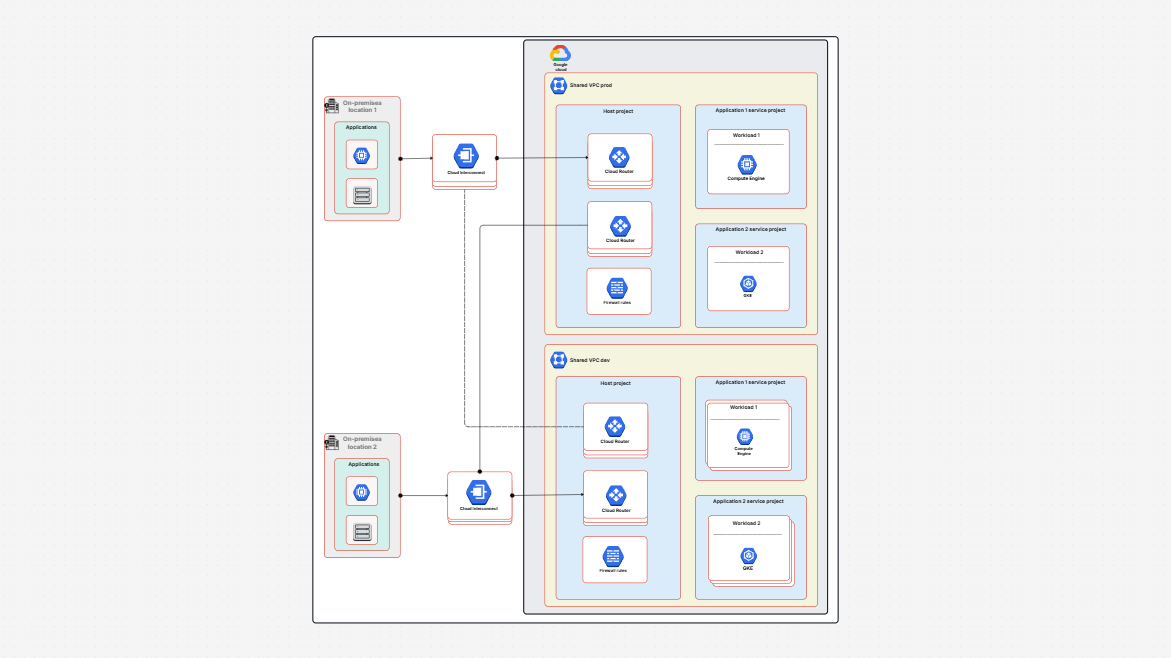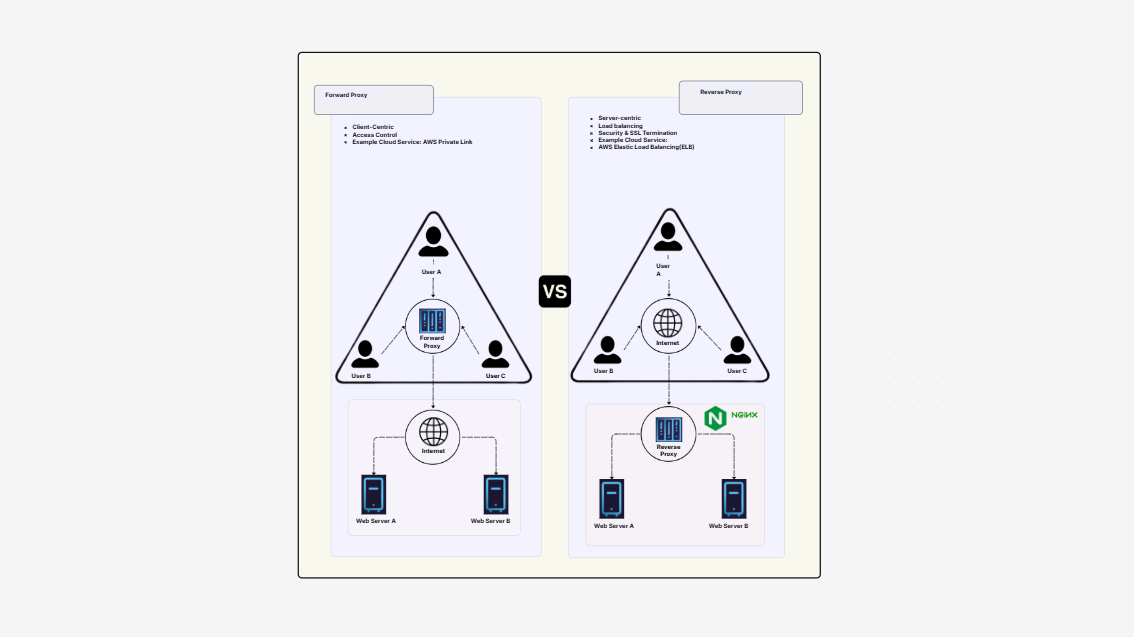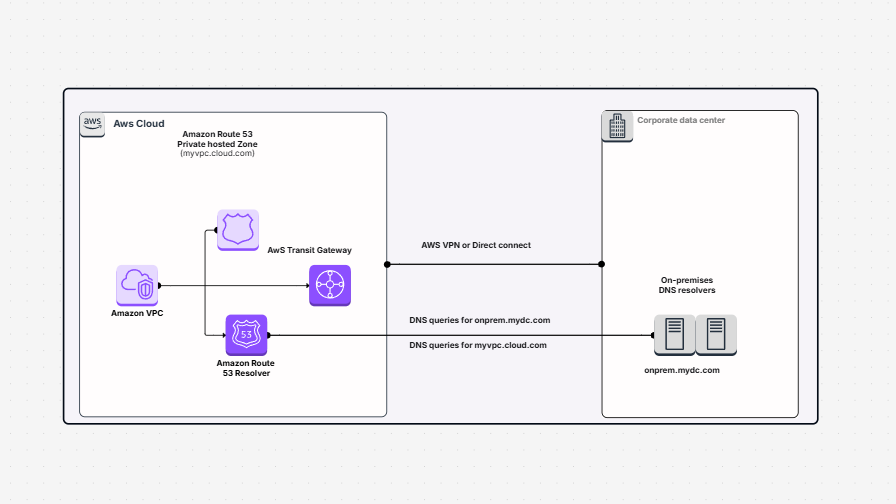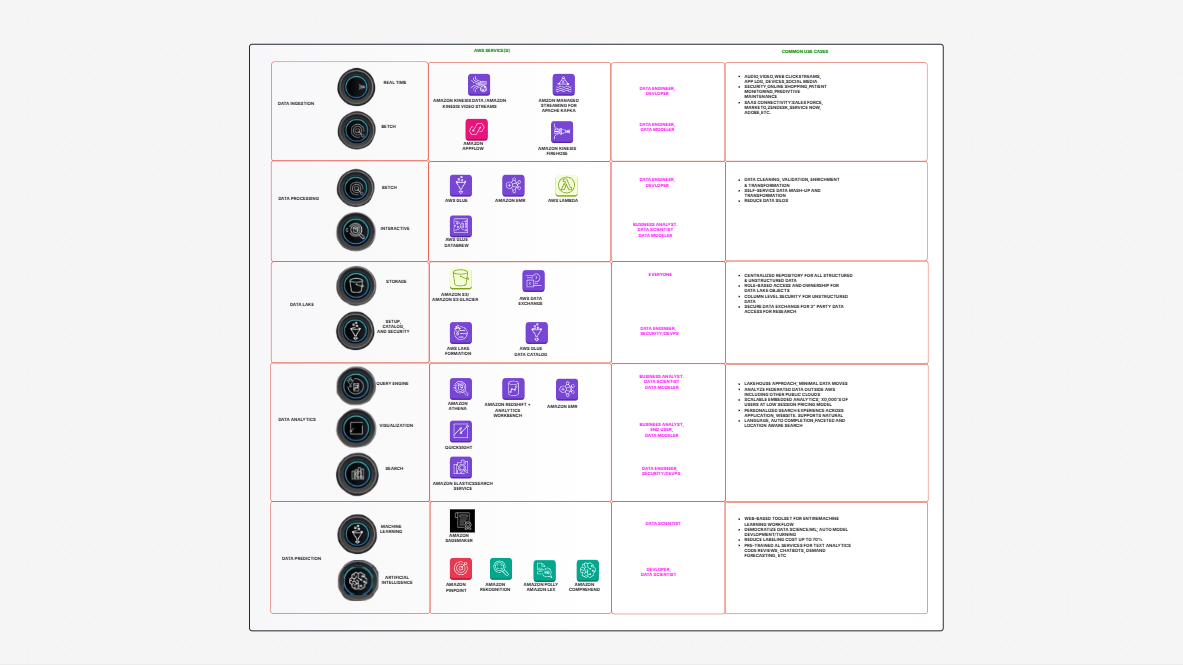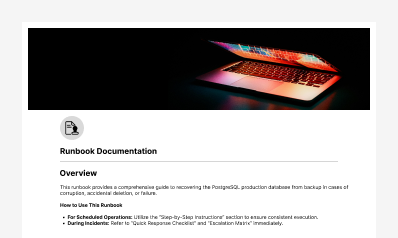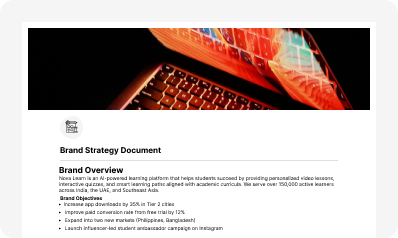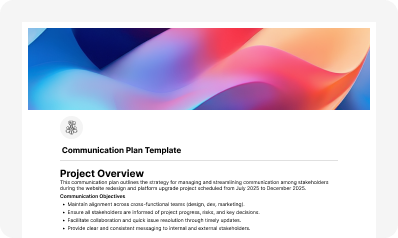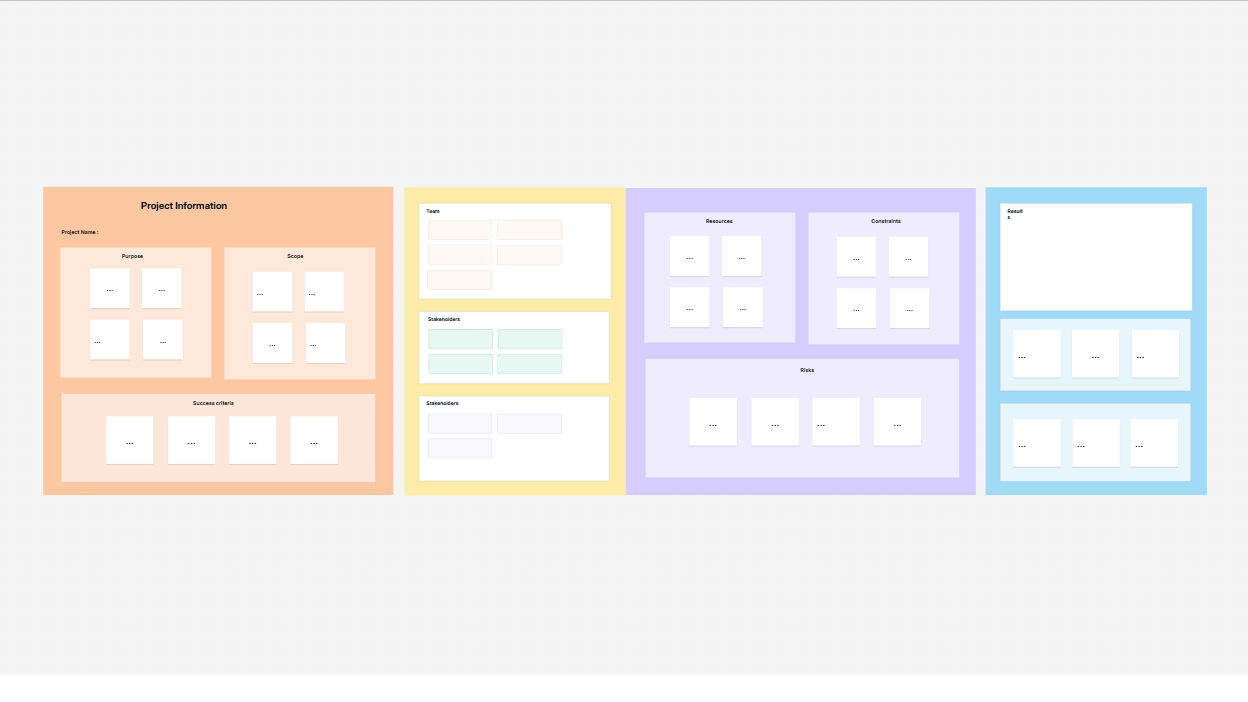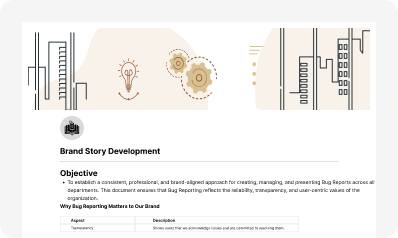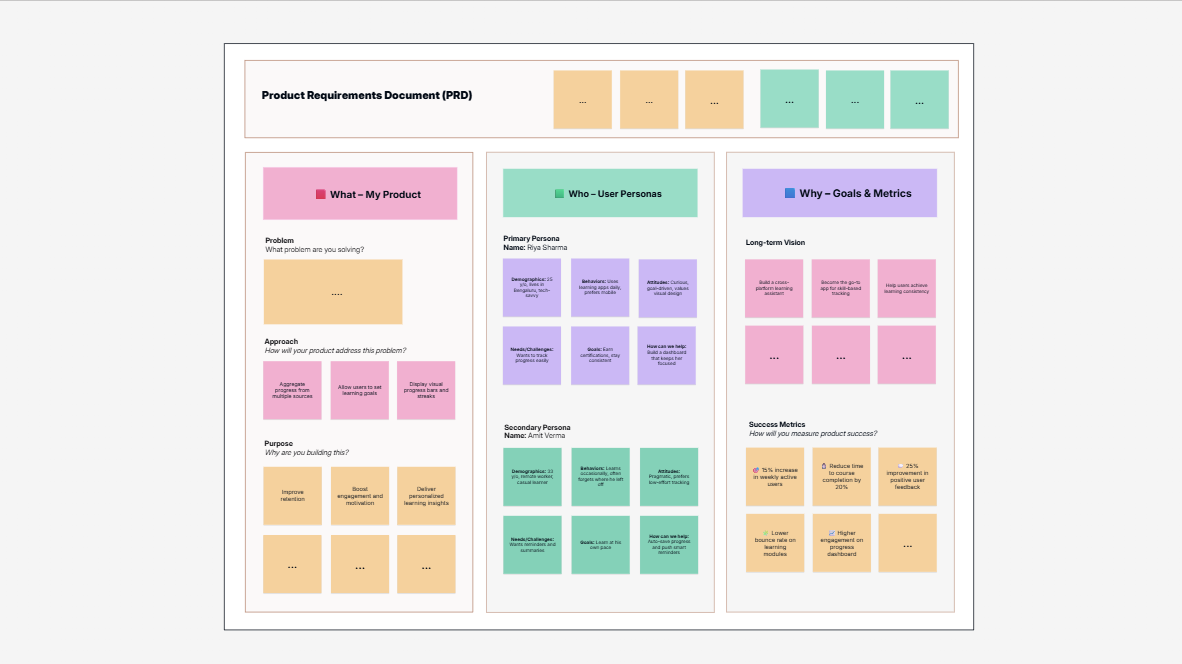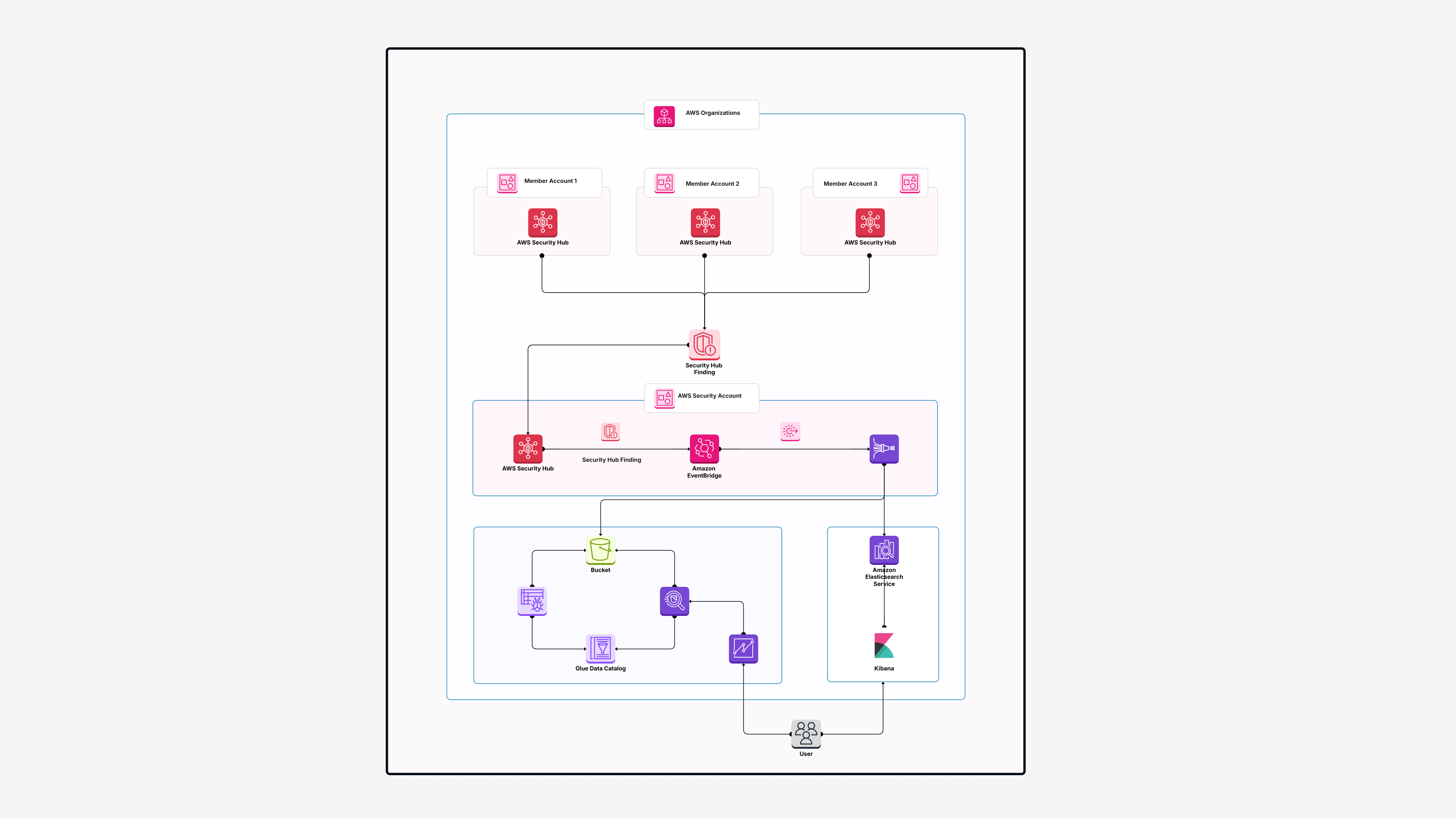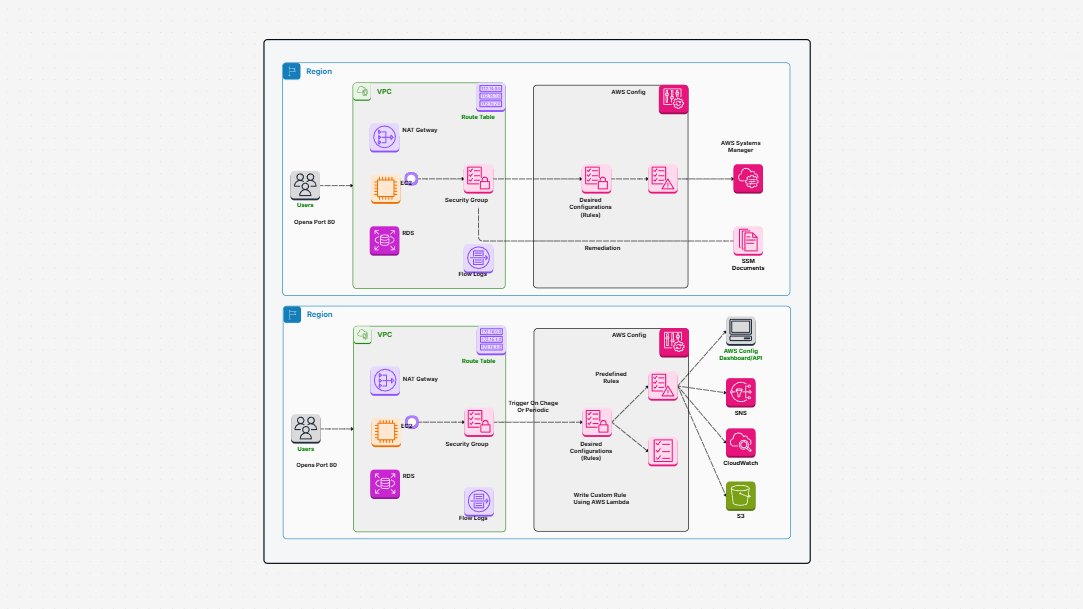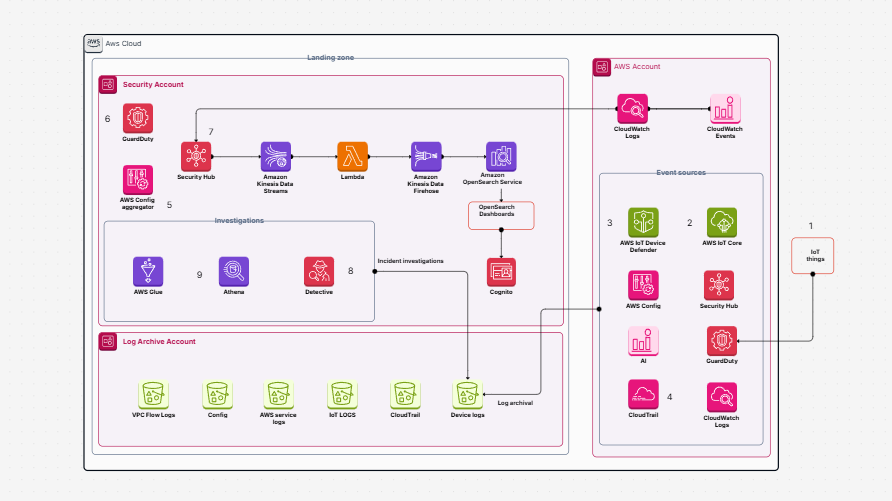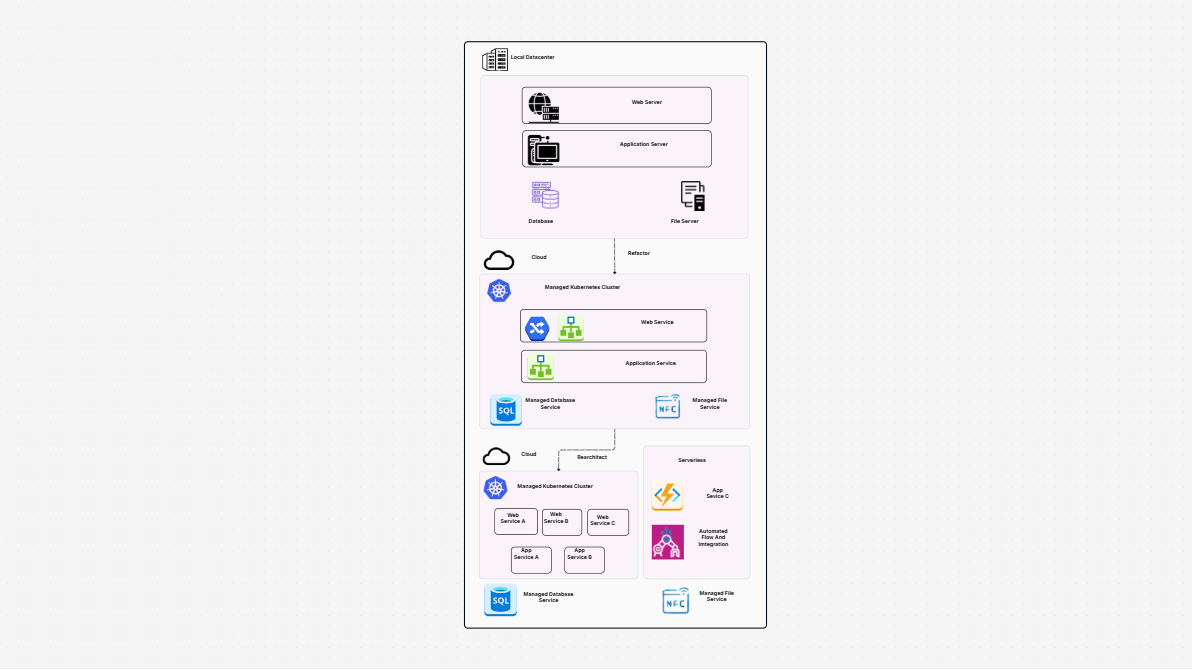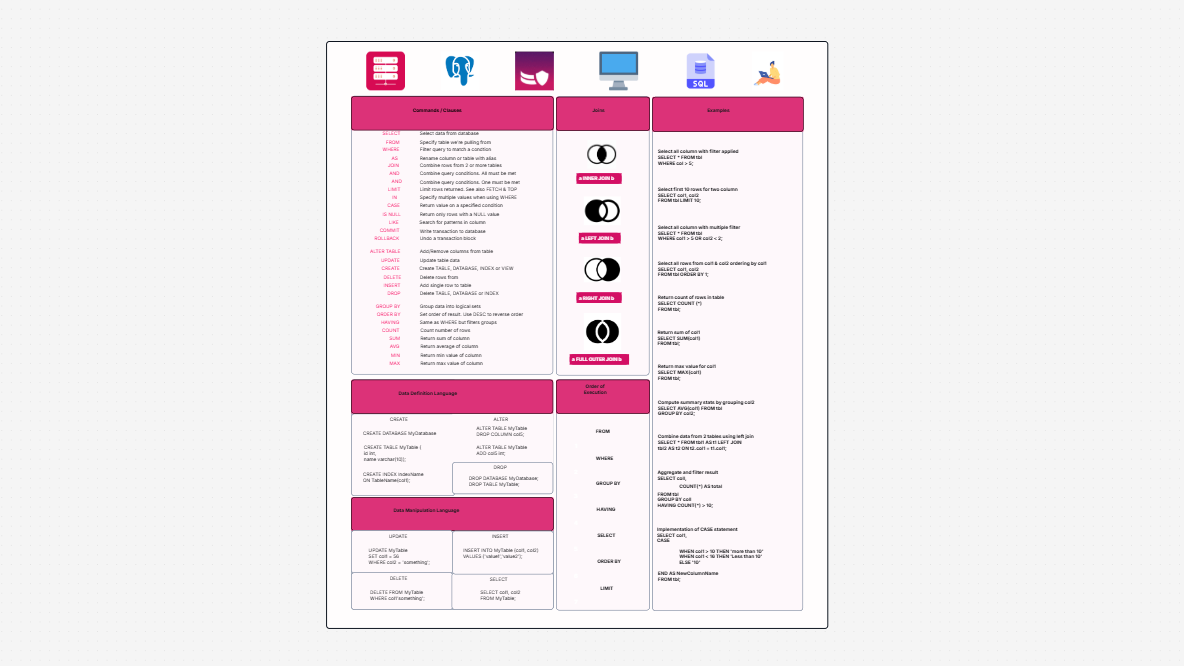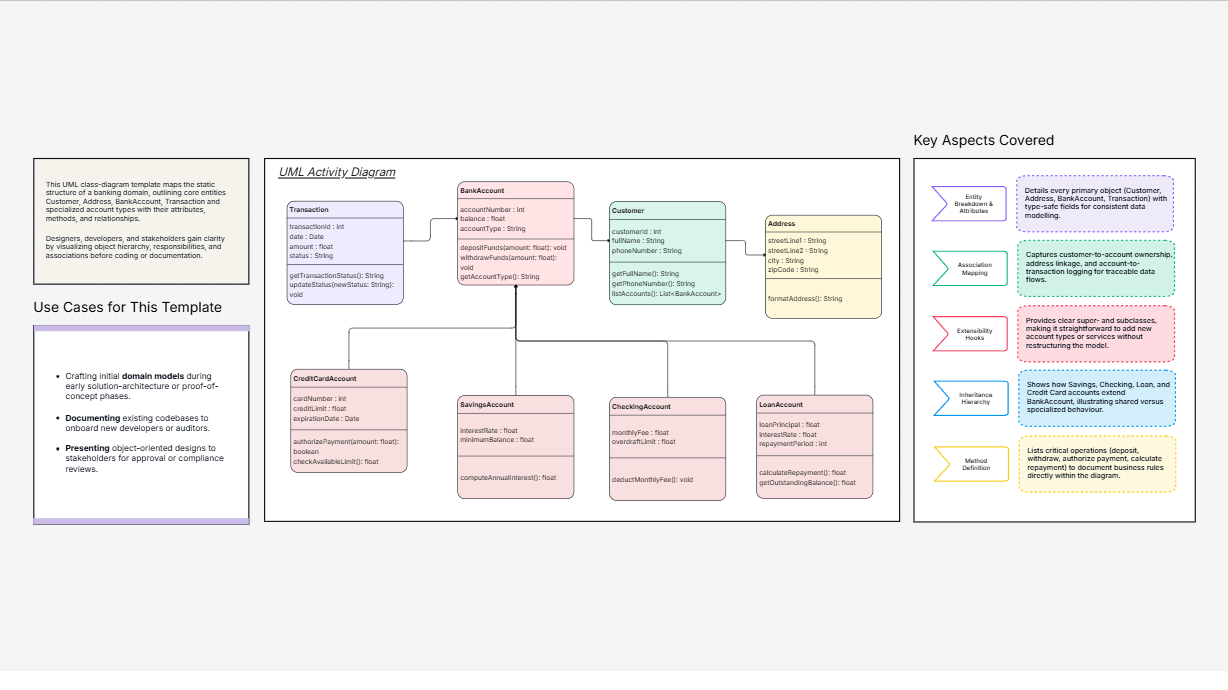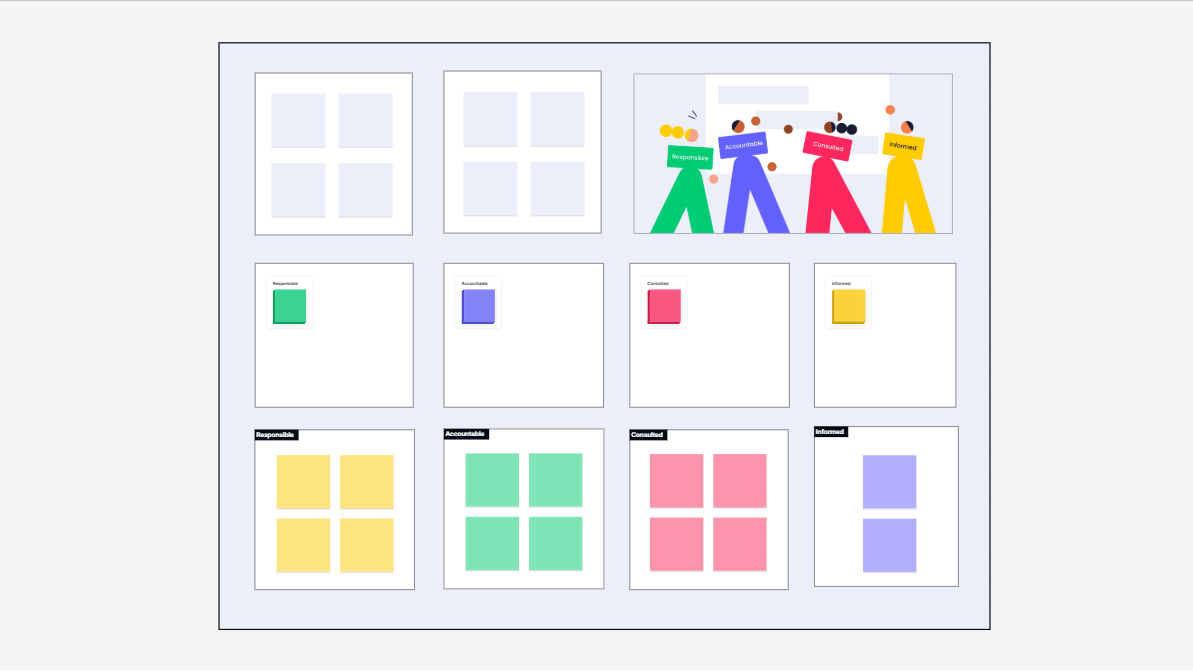WorkHub

What is Azure Multi-Region Web Application Template?
An Azure Multi-Region Web Application Template is like your web application's safety net - a pre-designed architecture pattern that shows you how to deploy your application across multiple Azure regions for maximum reliability and performance. Think of it as a blueprint that helps you create applications that keep running even when an entire data center goes offline. It maps out all the essential components - from traffic routing and data replication to failover mechanisms and recovery procedures - in a structured framework that's been proven to work.
Why Use the Azure Multi-Region Web Application Template?
Using an Azure Multi-Region Web Application Template is like having an experienced architect by your side as you design your application's infrastructure. It helps you implement high availability best practices that might take years to learn through trial and error. The template saves you countless hours of research by providing a proven structure for distributing application components across regions. It helps you avoid common pitfalls that can lead to unexpected downtime or data loss during regional outages. When explaining your architecture to stakeholders or auditors, the template gives you a clear reference point for industry-standard approaches to resilience. It also makes planning more realistic by helping you understand the true cost and complexity of building highly available applications. Essentially, it transforms what could be an overwhelming technical challenge into a structured process you can follow step by step.
Who is This Template For?
-
Cloud architects designing mission-critical applications that require maximum uptime and reliability
-
DevOps engineers implementing infrastructure-as-code for multi-region deployments
-
Solution architects creating designs for applications with strict SLA requirements
-
IT managers planning disaster recovery strategies for business-critical applications
-
Application developers who need to understand how their code will be deployed across regions
-
System reliability engineers (SREs) responsible for designing resilient application infrastructures
-
Cloud migration specialists upgrading single-region applications to multi-region architectures
-
Enterprise architects establishing resilience standards for multiple application teams
-
Startups with mission-critical applications that need enterprise-grade reliability without reinventing the wheel
-
Companies in regulated industries that need to demonstrate robust disaster recovery capabilities to auditors
-
Software teams supporting global user bases who need to optimize performance across geographic locations
-
CTOs and technical leaders evaluating cloud architecture options for critical business applications
Benefits of the Azure Multi-Region Web Application Template
The Azure Multi-Region Web Application Template brings peace of mind that comes from knowing your application can survive even major regional outages.
-
It significantly reduces business risk by eliminating single points of failure that could lead to extended downtime.
-
The template improves user experience by routing traffic to the closest available region, reducing latency and increasing responsiveness.
-
It creates clear, consistent patterns for data replication that help maintain data integrity even during failover scenarios.
-
For global applications, it enables you to meet local compliance requirements by keeping certain data within specific geographic boundaries.
-
The architecture supports gradual rollout of updates across regions, reducing deployment risk.
Perhaps most importantly, it gives business stakeholders confidence that you've implemented industry best practices for resilience rather than creating a custom approach that might have hidden weaknesses.
How to Use the Template?
-
Start with your availability requirements - Define your Recovery Time Objective (RTO) and Recovery Point Objective (RPO) to guide your design decisions.
-
Select your primary and secondary regions - Choose Azure regions based on proximity to users, compliance requirements, and available services.
-
Configure Azure Traffic Manager or Front Door - Set up global load balancing to route users to the nearest healthy region.
-
Implement geo-redundant storage - Set up appropriate replication for different data types (SQL databases, blob storage, etc.).
-
Deploy application components in both regions - Ensure your web servers, APIs, and services are duplicated across regions.
-
Establish connectivity between regions - Configure VNet peering or ExpressRoute connections for secure cross-region communication.
-
Set up health monitoring - Implement robust health checks that can detect regional failures and trigger failover.
-
Configure alerting and notifications - Ensure the right people are notified when failovers occur or when systems need attention.
-
Document failover procedures - Create clear runbooks for both automated and manual failover scenarios.
-
Test your failover regularly - Schedule periodic drills to ensure your multi-region setup works as expected when needed.
-
Optimize for cost efficiency - Consider using lower-tier resources in secondary regions that can scale up during failover.
-
Create region-specific configuration - Ensure your application can adapt to different region-specific services when needed.
-
Train your team - Make sure everyone understands how the multi-region architecture works and their role during failover events.
Summary
An Azure Multi-Region Web Application Template is the foundation of applications that keep running no matter what. It transforms potentially fragile single-region deployments into resilient multi-region architectures that can withstand significant disruptions. By providing a structured approach to traffic routing, data replication, and failover procedures, the template ensures your applications remain available even when entire Azure regions experience issues. It reduces the technical complexity of building highly available systems by giving you a proven pattern to follow. Whether you're supporting critical business operations or providing services to millions of users worldwide, this template gives you the architecture you need to meet demanding availability requirements.
With this approach, you'll spend less time worrying about potential disasters and more time confidently building features that your users love, knowing your application's infrastructure can handle almost anything the world throws at it.
Related Azure Architecture Diagram Templates
Find templates tailored to your specific needs. Whether you’re designing diagrams, planning projects, or brainstorming ideas, explore related templates to streamline your workflow and inspire creativity
Design, collaborate, innovate with Cloudairy
Unlock AI-driven design and teamwork. Start your free trial today










Design, collaborate, innovate with Cloudairy
Unlock AI-driven design and teamwork. Start your free trial today












